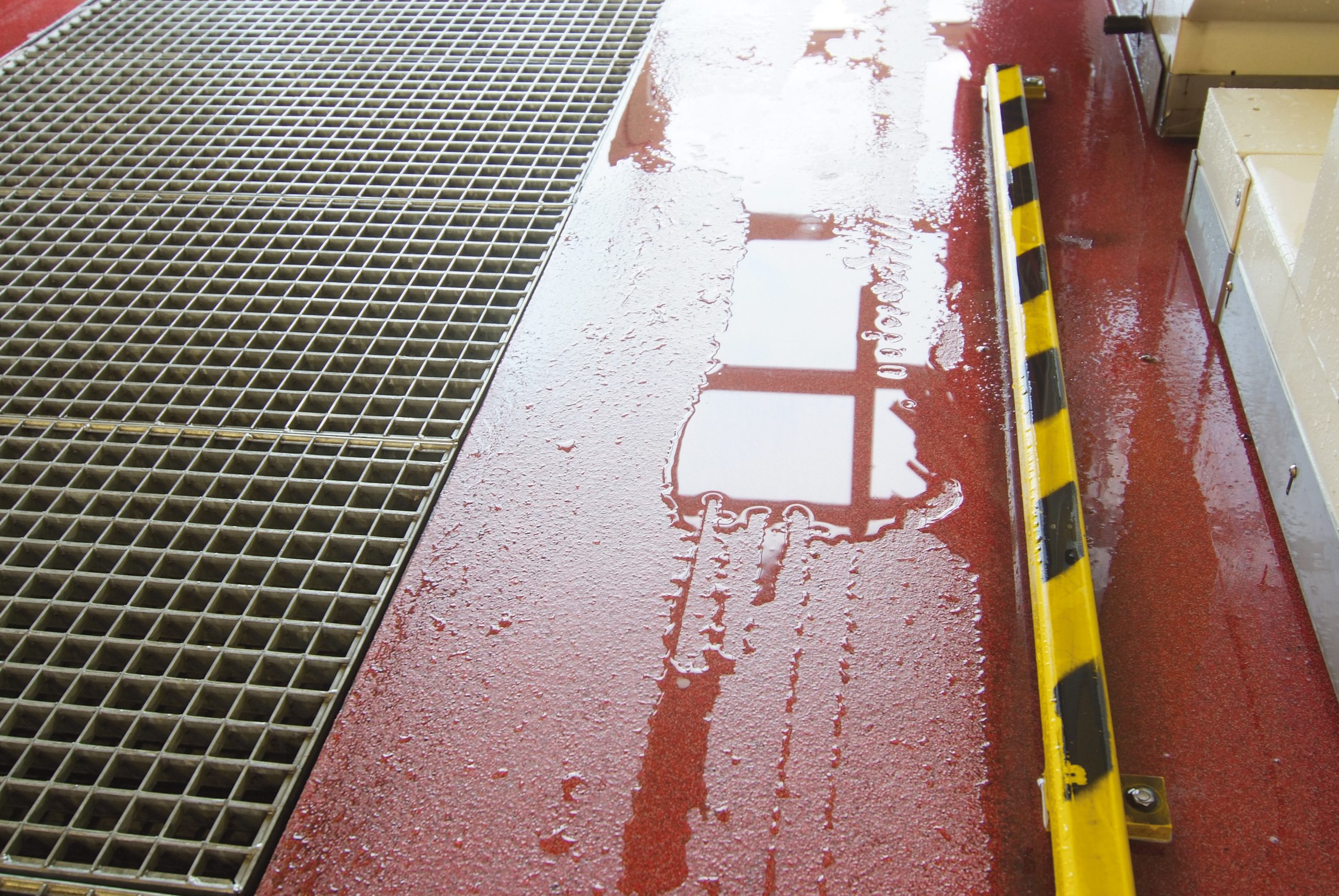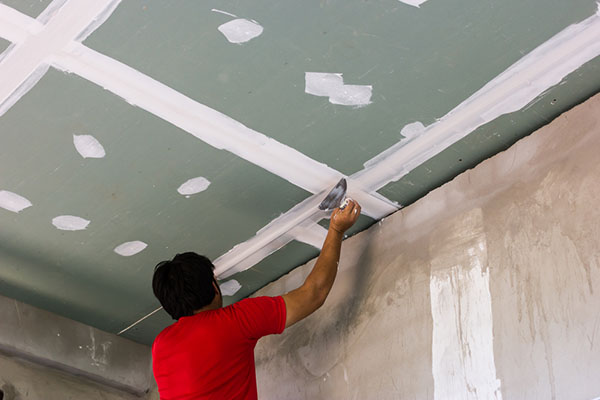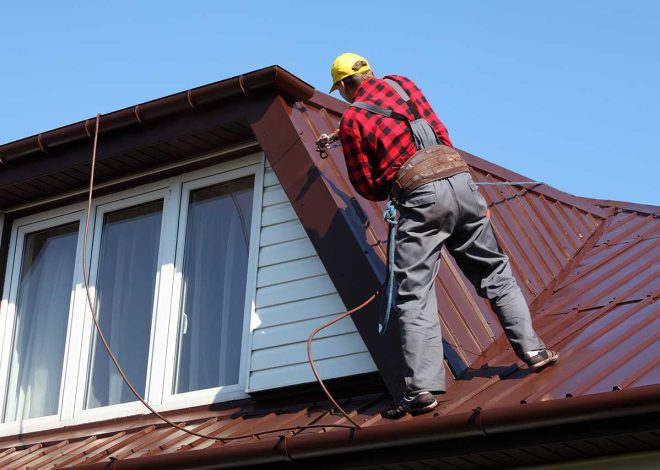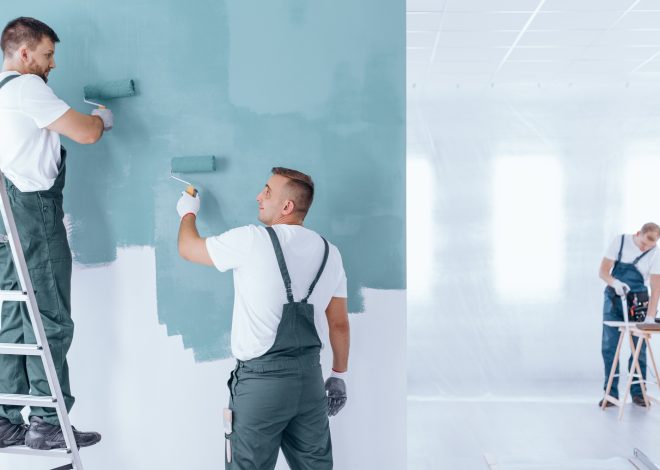
Ensuring Floor Safety: Slip-Resistant Tips for Hoteliers
Based on the National Floor Safety Institute (NFSI), slips and falls are responsible for more than eight million emergency room visits each year. This includes falling down ladders, stairs, or sliding over a loose cord that is lying on the floor a snare obstruction, an unintentional floor drop, or an unanticipated elevation of the floor.
Accidents involving slips and falls within this piece are referring to the accidents that occur when a person falls or slips due to the state of the flooring. These incidents, as per the NFSI are responsible for around 1 million visits to emergency rooms each year. Hotel managers and owners should be aware that for those older than 65 falls and slips are the second most common reason for deaths due to injuries.
To prevent falls, you must know the floor’s slippiness. For decades, to judge the slippiness of floors housekeepers would drag potatoes on the floor. When there appeared to be a significant amount of resistance, which meant it was difficult to pull the bag off, the floor was thought to be safe and was not slippery. Of of course, this test was a subjective. A housekeeper might be better than another, which can make huge differences in strength, however with more than one million slip-and-fall accidents occurring every annually in the United States along with thousands of deaths, assessing the slip resistance of floors isn’t feasible.
Fortunately, objective technology provides the flooring industry a clearer and more precise view of the slippiness of floors. Also known as tribometers they are sold by several manufacturers across North America. They are able to measure two distinct kinds of slip resistance in a floor. The first is COF, also known as the coefficient of friction. It measures how much slip resistance there is on floors in the event that things remain static and there isn’t any movement in the flooring. Another test is DCOF which is a Dynamic coefficient of Friction. According to the definition of dynamically, it is a measure of the resistance to slip during movement when running on the flooring.
To make use of tribometers efficiently the floor must be dry and clean and tested at least three times. Following the tests the machine will provide three different results:
- High. A high value suggests a high slip resistance, the floor should be deemed safe for guests in hotels to walk on.
- Moderate. Floor finishes that enhance traction (wax) must be directly applied on the flooring. Typically, they are applied without refinishing the floor in its entirety.
- The value is low. A low value means that the floor must be replaced, or the flooring material isn’t providing enough traction for security, or the floor needs to be replaced. This is done by employing floor machines to get rid of all of the floor finish (along along with dirt) from the floor before beginning over with higher-traction flooring materials.
Due Diligence
While the technology is available to measure the slip resistance of floors the managers might discover that there are other issues to address prior to ensuring the safety of their floors. For instance the tribometers may not be precise or reliable on specific kinds of flooring. Some are known to produce false readings.
Another problem can be that not every floor finishes, including those with a slip-resistant rating and slip-resistant, can provide the required slip resistance required for certain flooring. For instance, flooring might have a COF rating that ranges from 0.3 up to 0.6. For certain floors, like brick or quarry tile that are considered to be slippery, floors that has an 0.3 rating is appropriate. But if the flooring is natural stone polished or glass that has become more fashionable in recent years and has a COF score of 0.3 could be completely unsuitable. COF and DCOF ratings are different. If you’re using a DCOF system it is recommended to use a figure of 0.42 or greater is suggested to ensure slip resistance.
Due to these concerns the owners and managers of hotels are advised to collaborate with janitorial distributors who are knowledgeable. In many instances the distributors have been trained by flooring manufacturers and chemical companies on which kinds of tools cleaning products and finishes are best for which flooring. With such a high stake management should consider suggestions and recommendations as essential. This is particularly true because hotels around the world are returning to business following two long years of no closure. https://vinylfloorpolishingservice.co.nz/services/anti-slip-flooring-auckland/


